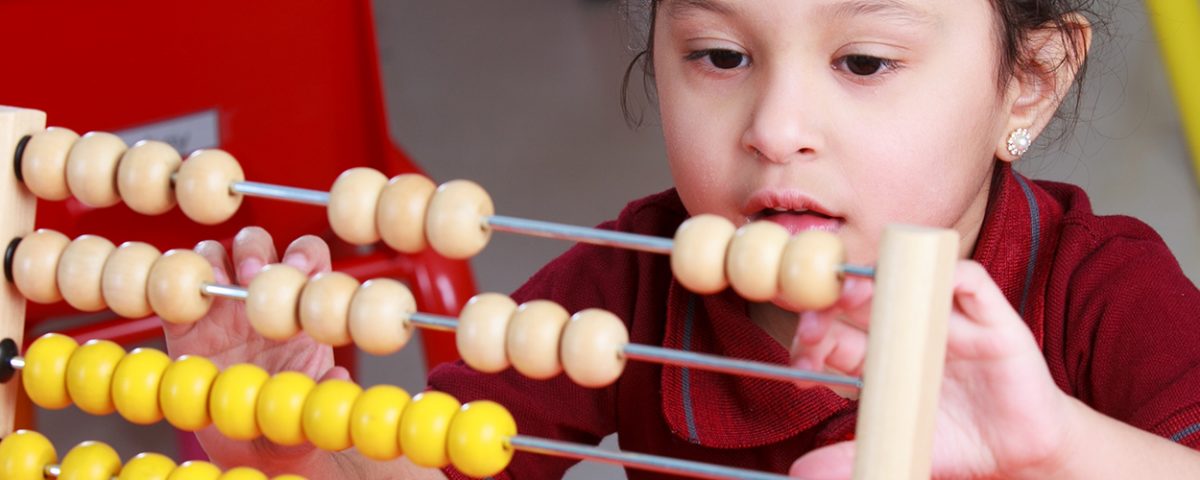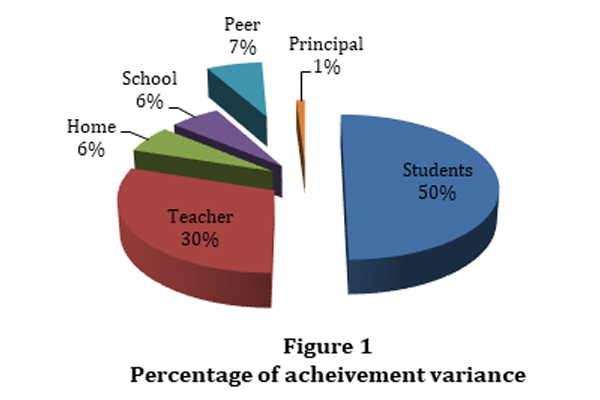How to have an effect on student achievement at Springdales School, Dubai: based on the research of Professor John Hattie


At Springdales School we are constantly investigating, researching and implementing the most effective methods to improve learning outcomes for our students. We are mostly interested in finding ways to focus our energy on the areas of learning that will give us the most improvement for our students without burdening our staff with extra volumes of work. In other words, we are looking for changes to the way we work so that we have what Michael Fullan calls “high leverage practice” (2005) and Robert Mazano called “high yield instructional strategies towards improvement” (2001). To do this successfully we are first looking to the research of Professor John Hattie (2009) and the research evident in his now-famous book Visible Learning.
Fullan describes high leverage practice as one where a relatively low effort, in terms of time, energy and cost, yields a disproportionately high benefit in the outcome. It is the means by which teachers work, smarter, rather than harder. An example of this in our school is our Drop Everything and Read (DEAR) program in which we have engaged students with literature twice every day to increase their love of reading and familiarity with text in both English and Arabic to help improve our results in formative assessments.
Anyone looking at Hattie’s research will like us find it quite confronting as it challenges our way of thinking about our jobs and the priorities, we place on long-held beliefs of what works in schools. If this research is to be believed so many of the actins and roles that are well established in schools actually have little or no effect on improving the achievements of our students. In his book, he provides percentages of influence in effecting student outcomes (see Figure 1)

Here we can see that the teacher’s quality of teaching is a major influence on student achievement, along with student peers and the individual student’s prior knowledge and achievement (80% of the entire effect sizes). Perhaps the more interesting piece for us as school leaders is the almost negligible influence that the school Principal has indirectly affecting student achievement. Although I would argue, because of their influence on the climate of the school, Principals who create a school with high student responsiveness rather than bureaucratic control and who create a climate of psychological safety to learn and who create a relentless focus on student learning will get the teacher, student and parent “buy-in” that leads to increased influence. The effect on learning is trickled down to the classroom through these attributes rather than directly on student learning and achievement.
Hattie’s full list touches on some of the following points:
- School-based influences (beyond the classroom) have weaker effects on student achievement.
- Structural and organizational arrangements (open vs traditional classrooms; multi-age vs age-graded classes; ability grouping; gender; class size; mainstreaming) have negligible or small effects on student learning. It is the quality of teaching that occurs within these structural arrangements which is important.
- Examples of ‘active teaching’ (reciprocal teaching; feedback; teaching self-verbalization; meta-cognition strategies; direct instruction; mastery learning; testing) have large to moderate effects on student achievement.
- Effect sizes are negligible or small for ‘facilitory’ teaching (simulations and games; inquiry-based teaching; individualized instruction; problem-based learning; differentiated teaching for boys and girls; web-based learning; whole language reading).
- Strategies to promote and remediate literacy figures prominently in Hattie’s full list. Literacy is the foundation of student achievement.
Overall, the quality of the teacher and the quality of teaching (large effect sizes) are much more important than structural or working conditions (negligible or small effect sizes), demonstrating the futility and waste of ‘fiddling around the edges’ of schooling without sufficiently addressing the quality of teachers and the quality of teaching within schools and classrooms. A mistake we will never make at Springdales School, Dubai.


